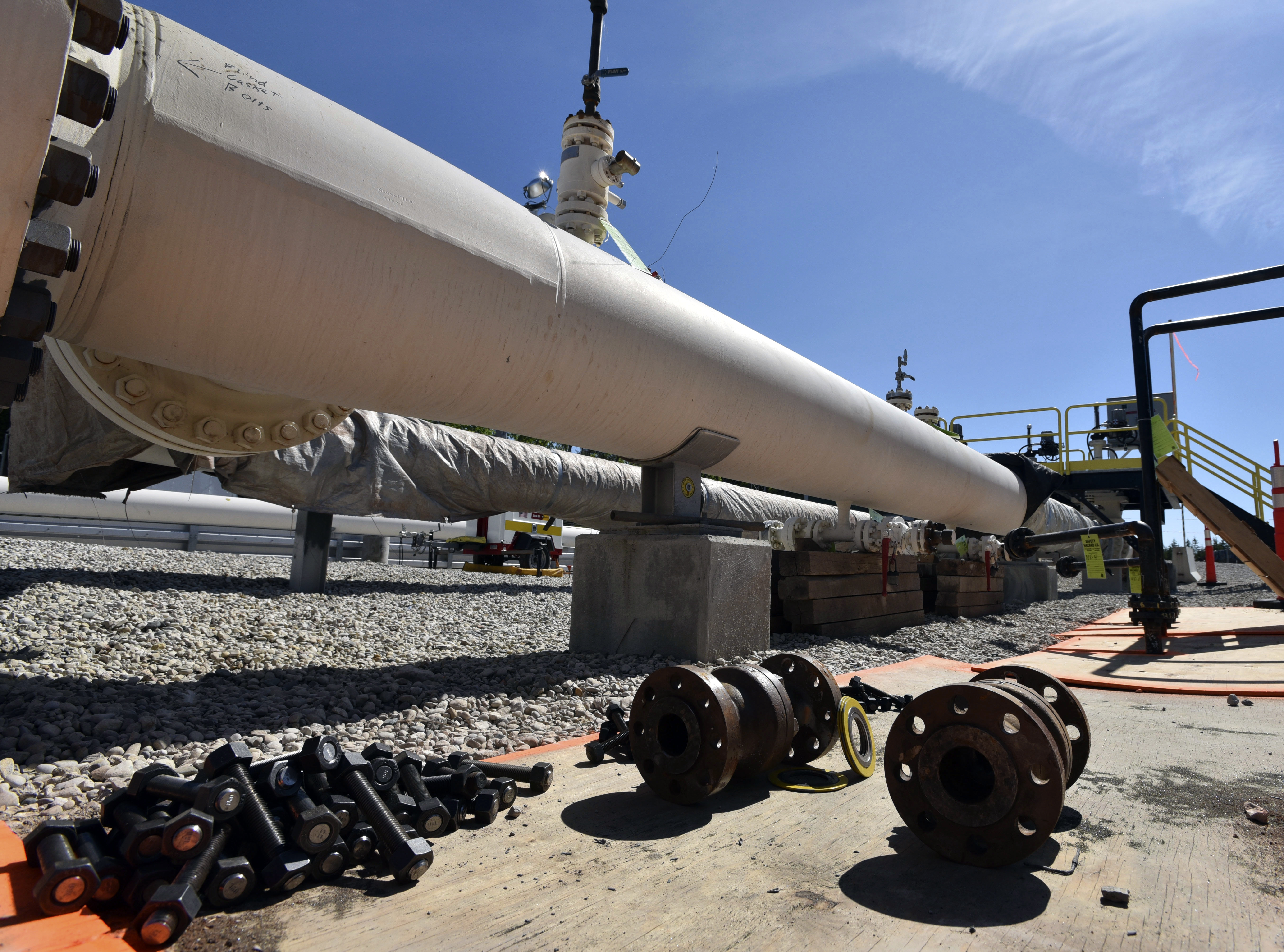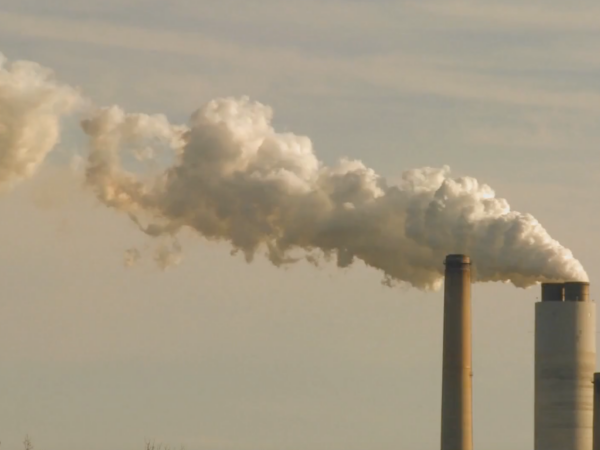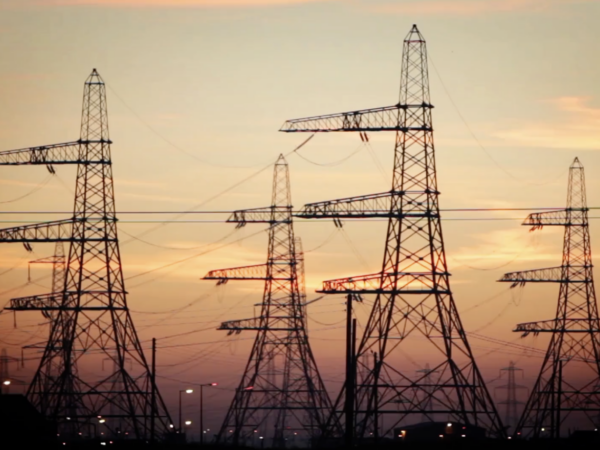
By Kelly House, Bridge Michigan, through the Institute for Nonprofit News network
The Great Lakes News Collaborative includes Bridge Michigan; Circle of Blue; Great Lakes Now at Detroit Public Television; and Michigan Radio, Michigan’s NPR News Leader; who work together to bring audiences news and information about the impact of climate change, pollution, and aging infrastructure on the Great Lakes and drinking water. This independent journalism is supported by the Charles Stewart Mott Foundation. Find all the work HERE.
The clock is ticking to shut down the Line 5 pipeline in the Straits of Mackinac, following Gov. Gretchen Whitmer’s announcement Friday that she has given Enbridge 180 days to stop running petroleum products through the pipeline.
But much remains unclear after Enbridge vowed to fight Whitmer’s decision, prompting what will likely be a protracted legal battle.
Here’s what we know now:
What happened?
Whitmer notified Enbridge on Friday that the state is revoking a 1953 easement that gives the company permission to operate Line 5 in the Straits, setting a May deadline for the company to permanently shut down the pipeline.
The announcement came following a long-awaited review of Enbridge’s compliance with the easement.
In a notice sent to Enbridge, Whitmer and Department of Natural Resources Director Dan Eichinger essentially implied that the easement never should have been granted because allowing Enbridge to operate Line 5 in the Straits violates the public trust doctrine, a legal tenet that requires Michigan to hold navigable waterways and the lands beneath them in trust for public uses such as fishing, boating and recreation.
Whitmer, who campaigned on a promise to shut down Line 5, has long sided with pipeline opponents who worry that Line 5’s position exposed at the bottom of the straits leaves it vulnerable to anchor strikes and other hazards that could cause a catastrophic oil spill.
Line 5 has endured multiple anchor strikes in recent years that have dented the pipeline and scraped its protective coating.
In Friday’s revocation notice, the state concluded that the oil spill risk associated with continuing to operate the pipelines “cannot be reconciled with the public’s right in the Great Lakes and the state’s duty to protect them.”
In addition to that underlying issue, Whitmer and Eichinger wrote that Enbridge has routinely violated the terms of its easement, which requires the company to use “due care” in operating its pipeline in the Straits.
Among the issues Whitmer and Eichinger flagged:
- Enbridge has ignored pipeline support requirements “for virtually the entire time the Easement has been in place,” allowing parts of the pipeline more than 75 feet in length to hang unsupported over the lakebed.
- Enbridge also has failed to ensure the pipeline is properly coated, at times resulting in “bare metal” that was not immediately fixed.
- Bends in the pipe raise concerns about its structural integrity.
The state alleges these violations are “persistent and incurable,” and thus the only solution is to shut down the pipeline.
Will the order stick?
That’s unclear. Michigan Attorney General Dana Nessel has filed a lawsuit in Ingham County Circuit Court seeking an injunction to reinforce the state’s order, and Enbridge has vowed to challenge the order.
Both Line 5 supporters and opponents agreed the revocation order is likely to become tied up in a lengthy legal battle.
Nessel is also pursuing a separate lawsuit aimed at revoking the easement. Ingham County Circuit Court Judge James Jamo, who is presiding over that case, has not indicated when he’ll issue a ruling.
What are the implications for Michigan’s energy needs?
Enbridge has warned that a Line 5 shutdown would threaten Michigan’s energy security, particularly for Upper Peninsula residents who rely upon propane from Line 5 to heat their homes. The company has also said a Line 5 shutdown would increase fuel prices and harm Southeast Michigan and Ohio refineries that process oil from Line 5.
But during a brief shutdown in June, gas prices did not noticeably rise.
A report from Public Sector Consultants estimated that a shutdown of Line 5 would cause an annual shortfall of 230.1 million gallons of propane statewide, the equivalent to 46 percent of statewide supplies and 87.6 percent of supplies for the Upper Peninsula.
The report concluded that Michigan has other options to fulfill Upper Peninsula energy needs, but those options would come with modest cost increases. Alternative options include transporting propane by rail, increasing storage capacity in the U.P., and shifting to other energy sources, among other possibilities.
But it’s unclear how long it would take to bring those solutions online, said Eric Pardini, the Public Sector Consultants director who led the report, nor whether such a shift would disrupt the propane industry elsewhere.
Spokespeople for Whitmer did not immediately respond to questions Friday afternoon about how the state plans to address the U.P.’s energy needs if Line 5 is shut down.
What are the implications for Michigan’s economy?
It depends who you ask.
Line 5 opponents contend that keeping the pipeline operational poses the biggest economic risk by threatening jobs that rely upon the Great Lakes and imperiling a key drinking water source.
A 2016 study from University of Michigan scientists found that a spill in Line 5 could sully up to 152 miles of shoreline in lakes Michigan and Huron.
Enbridge, meanwhile, has warned that shutting down the pipeline will cost Michigan jobs on the pipeline, along with jobs connected to the region’s oil industry.
In a statement Friday, Mike Johnston, Vice President of the Michigan Manufacturers Association, said the total job loss would amount to “thousands.”
But Line 5 opponents argue more jobs would be created in the effort to decommission the pipeline and transport fuel by other means.
Does this also spell the end of the Line 5 tunnel?
Not necessarily.
Enbridge has vowed to forge ahead with plans for the tunnel. But some of the company’s supporters and an energy analyst reached by Bridge Michigan argued Whitmer’s action jeopardizes the tunnel plan.
Enbridge has said it plans to begin construction on the tunnel next year and start operating the pipeline inside the tunnel by 2024, but that timeline is increasingly unrealistic given that Enbridge is still awaiting multiple permits and facing legal challenges aimed at blocking the tunnel project.
That means Enbridge could be without a pipeline in the Straits for several years while it awaits the tunnel — a reality that Phil Flynn, senior energy analyst at The PRICE Futures Group in Chicago, said almost certainly affects the tunnel project’s economic viability.
Enbridge is used to “waiting around” for legal challenges to reach their conclusion, Flynn said, but “at some point they may walk away and say enough is enough.”
Labor unions and industry groups who support the tunnel have said it will bring thousands of jobs to Michigan. In a statement Friday, the Great Lakes Michigan Jobs Coalition, which includes many of those groups, urged state regulators to move swiftly to permit the tunnel project.
But tunnel opponents have vowed to fight every step of the way. Many have already intervened in an ongoing case before the Michigan Public Service Commission, which is tasked with deciding whether Enbridge can move Line 5 inside the tunnel, should it be built.
What are the next steps?
A court battle.
Nessel’s lawsuit has been assigned to Ingham County Circuit Court Judge Clinton Canady. But as of Friday afternoon, Canady had not scheduled any proceedings related to the case.
Check out more news on Great Lakes Now:
Michigan governor seeks shutdown of Great Lakes oil pipeline
Judge: Michigan agency can evaluate Great Lakes tunnel plan
Ancient stone patterns in Straits of Mackinac add new wrinkle to Line 5 pipeline debate
After possible Ice Age discovery, group urges halt to Line 5 tunnel
Enbridge now inspects freighters to avoid another anchor strike on Line 5
Enbridge just wants a permit. Michigan critics want to bring down Line 5
Enbridge Line 5 relocation case must include review of a proposed tunnel
This article, first published in Bridge Michigan, is republished here through Great Lakes Now’s membership in the Institute for Nonprofit News, a network of more than 200 nonprofit newsrooms across the U.S., working to strengthen the sources of trusted news for thousands of diverse communities.
Featured image: In this June 8, 2017, file photo, fresh nuts, bolts and fittings are ready to be added to the east leg of the pipeline near St. Ignace as Enbridge prepares to test the east and west sides of the Line 5 pipeline under the Straits of Mackinac in Mackinaw City, Mich. (Dale G Young/Detroit News via AP)




